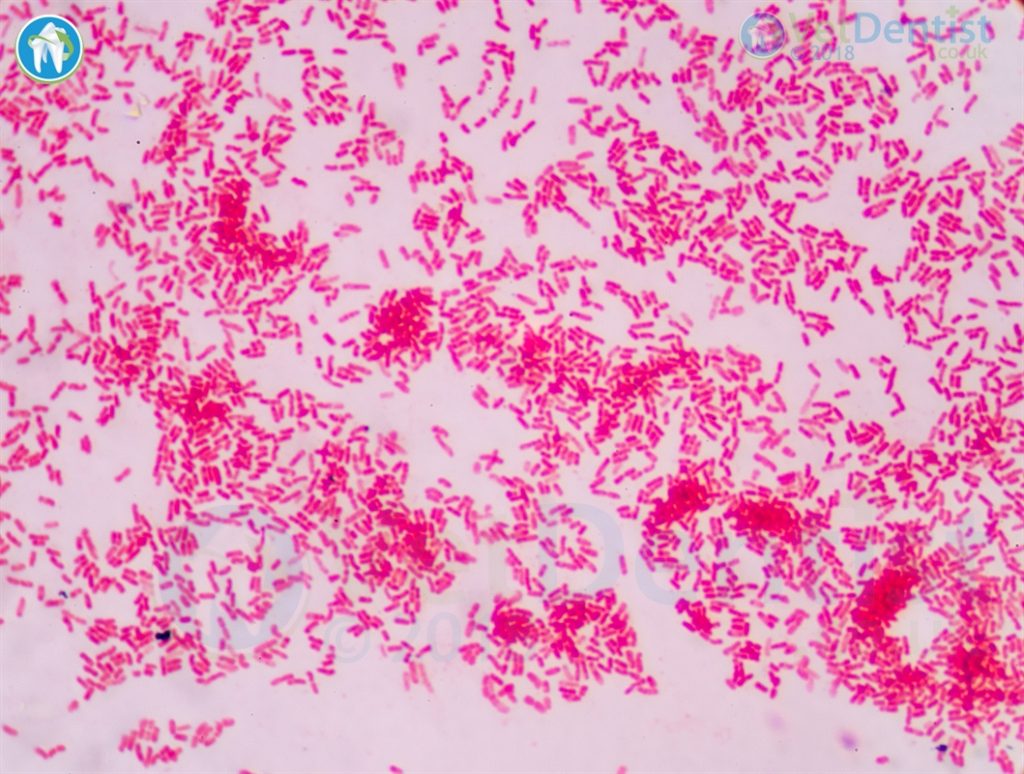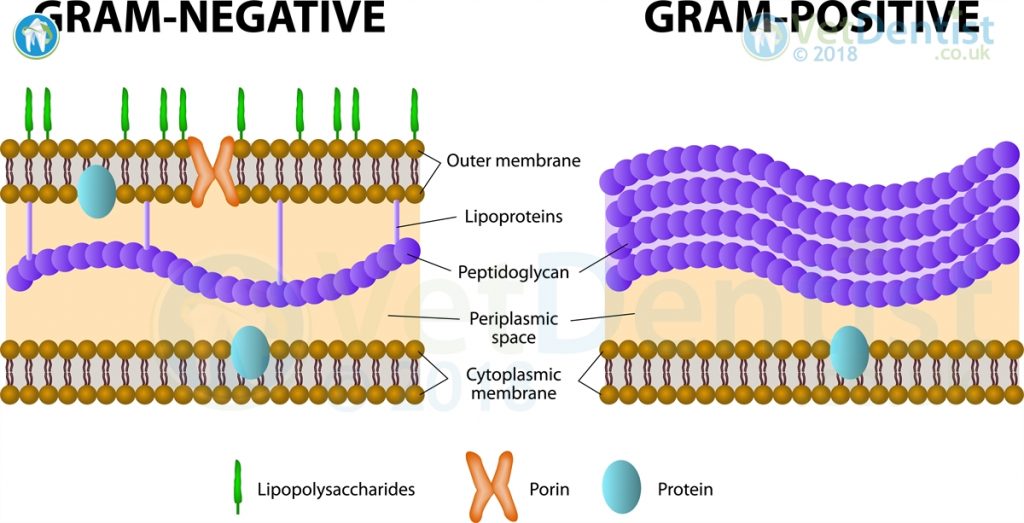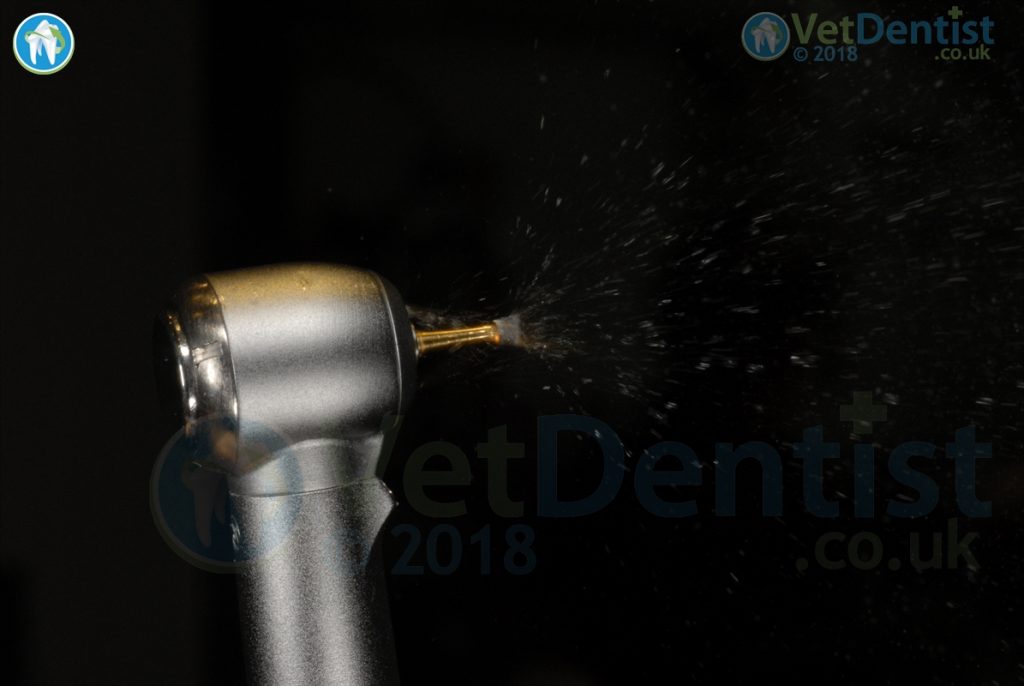
Dental Unit Waterlines (DUWLs) will usually yield fungi and protozoa, together with soil and aquatic bacteria, typically environmental Gram-Negative bacteria. There may also be the opportunist pathogens (Legionella, Pseudomonas and NTM’s discussed above). The bulk of the bacterial load of the DUWL are Gram-negative bacteria.

The Gram-Negative bacteria cell wall contains Lipopolysaccharides. These, in particular, are a potent source of endoxins.
Whilst it has been shown that 64% of the bacteria within DUWLs are non-vital – their cell walls are still having a potential endotoxin producing effect. The numbers of live bacterial colonies underrepresents the effect of the potential problems from bacterial cell wall endoxins.
Endotoxins can provide a variety of symptoms including, fever, localised inflammation and even endoxic shock syndrome.
Potential Issues with Dental Units

Endotoxin levels in DUWLs average between 480 (for 3 way syringes) to 1008 (for high speed handpieces) Endotoxin Units (EU)/ml.
For comparison the adjacent sink tap showed 66 EU/ml and water for injection requires a level less than 0.25 EU/ml.
Levels at the start of the working day showed values in excess of 2,500 EU/ml. Flushing the system for a continuous 60 seconds dropped this value to 800 EU/ml. However, even continuing to flush for 10 minutes did not reduce the level significantly below that.
